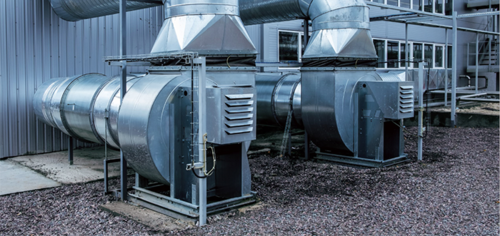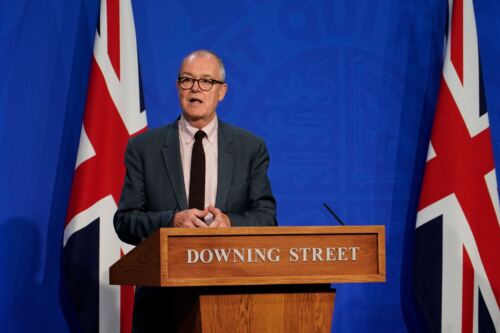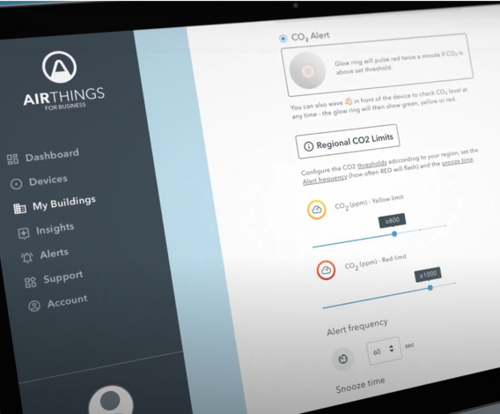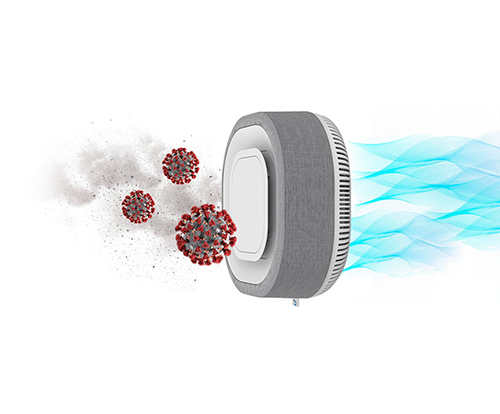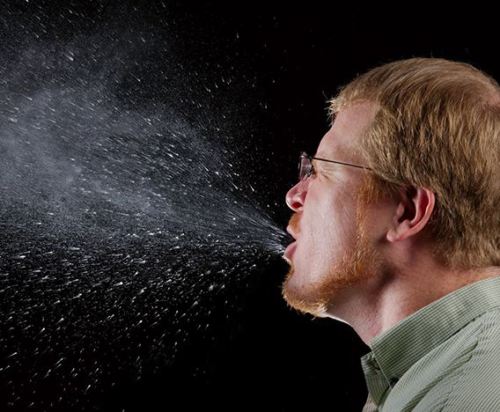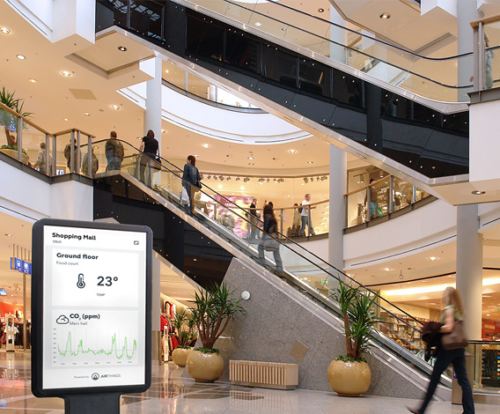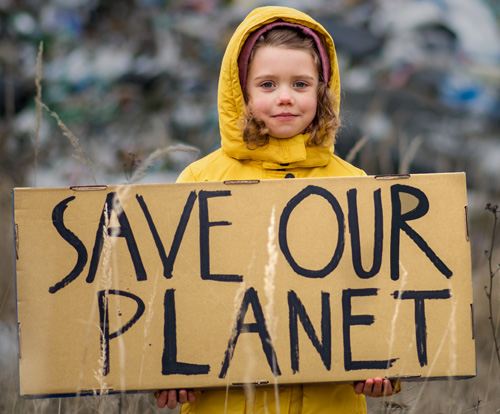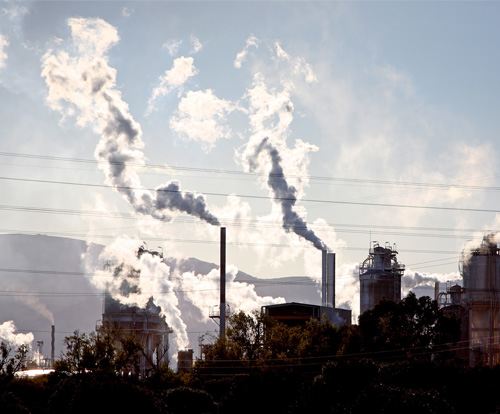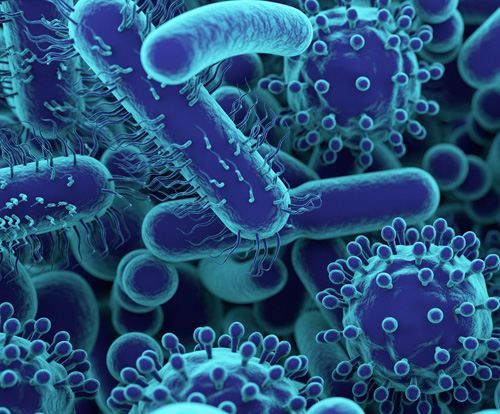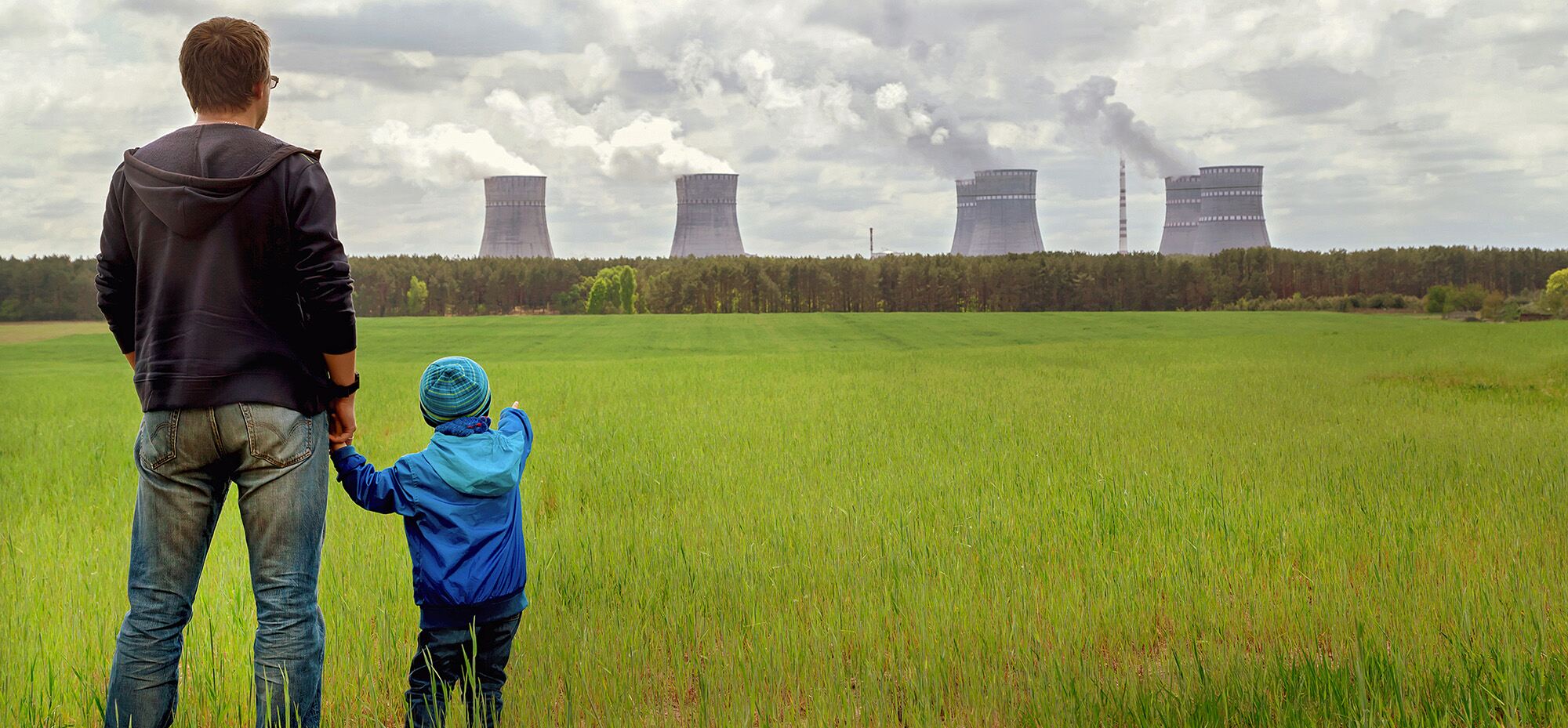
Ambient Air Pollution
The human and environmental cost of burning fossil fuels
Air pollution is defined as the contamination of the atmosphere by any substance suspended at concentrations above their natural levels that can have adverse effects to humans, other living organisms, and the ecosystem in general. These can affect biodiversity by altering the environmental conditions.
Despite the significant progress in combatting air pollution since the 1970s, there is still a very long way ahead before we can lean back and relax. In fact, there are many activities still dirtying our air, causing harm to people’s health and continuing to destroy the natural world. Targeted efforts are required to protect both human health and the environment, as a collective act from all. However, in order to take the right steps, we need to understand where pollutant emissions come from.
Sources
Air pollution is a mix of hazardous substances from both human-made (anthropogenic) and natural sources. These can be of gas, liquid, or particulate matter. Natural sources come from wildfires in the form of smoke, ash and gases from volcanic eruptions or gases, like methane, emitted from decomposing organic matter. Most anthropogenic emissions come from burning fossil fuels for transportation, electricity, industry, agriculture, waste management and households.
The pollutants may be categorised as primary and secondary based on whether they are directly emitted to the atmosphere (primary) or formed in the atmosphere from pre-existing gases through chemical reactions (secondary). These pollutants may have natural, anthropogenic, or mixed origins.
Key primary air pollutants include particulate matter (PM), black carbon (BC), sulphur oxides (SOx), nitrogen oxides (NOX), carbon monoxide (CO), methane (CH4), non-methane volatile organic compounds (NMVOCs), including benzene, and certain metals and polycyclic aromatic hydrocarbons (PAHs). Key secondary contaminants are ozone (O3), PM, nitrogen dioxide and several oxidised volatile organic compounds (VOCs).
Emissions are the driving force behind air pollution, so reducing pollutant emissions means improved air quality. However, it isn’t that straightforward as reductions in emission do not always result in decreasing concentrations as emission heights, chemical transformations, reactions to sunlight, additional natural and hemispheric contributions and the impact of weather and topography all have a part to play.
Air pollution also includes greenhouse gases (GHG), such as carbon dioxide (CO2), nitrous oxide (N2O), and methane (CH4). Further climate pollutants are black carbon (BC), tropospheric ozone and hydrofluorocarbons (HCFs). Short-lived climate pollutants (SLCPs) are powerful climate forcers that remain in the atmosphere for a much shorter period of time than CO2, yet their potential to warm the atmosphere can be many times greater. Certain SLCPs are also dangerous air pollutants that have harmful effects for people, ecosystems, and agricultural productivity. Some of these are safe to breathe in smaller concentrations are naturally found in the atmosphere but are dangerous at a larger scale by changing Earth’s climate through the greenhouse effect.
Carbon dioxide (CO2) enters the atmosphere through burning fossil fuels (coal, natural gas, and oil), solid waste, trees, and other biological materials, or through certain chemical reactions. It is removed from the atmosphere when it is absorbed by plants as part of the biological carbon cycle. Methane (CH4) is emitted during the production and transport of coal, natural gas, and oil, or as a result of livestock and other agricultural practices, land use and by the decay of organic waste in municipal solid waste landfills. Nitrous oxide (N2O) is emitted during agricultural land use, industrial activities, combustion of fossil fuels and solid waste, as well as during the treatment of wastewater. Hydrofluorocarbons are synthetic, powerful greenhouse gases that are emitted from a variety of industrial processes. They are typically found in smaller quantities but are highly potent greenhouse gases.
Threats to ecosystems and human health
Atmospheric pollution is a tremendous environmental threat that is affecting biodiversity, human health and contributes to climate change.
Dangers to the environment
Despite the significant improvements in air quality in the UK and worldwide, ecosystems are still being impacted by air pollution, with many sensitive ecosystems already adversely affected. Burning fossil fuels releases sulphur and nitrogen oxides into the atmosphere and here they mix with water droplets to make sulfuric acid and nitric acid. Winds can carry these pollutants for thousands of miles, until they fall to the Earth's surface as acid rain, damaging the leaves of vegetation, increasing the acidity of soils and water, and causing more than 500 deaths each year. Buildings and other structures are also impacted by acid rain with the first signs of such damages appearing in the 60s in Scandinavia.
Acidification affects the ability of ecosystems to provide ‘ecosystem services’, such as nutrient and carbon cycling and water provision, on which the planet and human life is dependent. Eutrophication is a process driven by the enrichment of water by nutrients, especially compounds of nitrogen and phosphorus. These nutrient overloads in aquatic ecosystems can cause algae blooms and ultimately loss of oxygen and of life.
Ground-level ozone damages crops, and when inhaled can increase the frequency of asthma attacks, aggravate lung disease and cause permanent lung damage through long-term exposure. Elevated ozone levels are linked to increases in hospitalisations, emergency room visits and premature death.
Trees and other vegetation absorb pollutants such as excessive nitrogen dioxide, ozone, and particulate matter, through their leaves and needles and thereby help to improve air quality. Less plant cover means less filtering capacity to clean our air.
In this changing climate, ecosystems are changing faster than plants and animals can adapt, resulting in many species facing extinction. In the UK alone, 15% of all species are threatened to dye out and 41% decreased in species abundance since the 70s. Melting ice sheets, warming oceans, and extreme weather conditions are examples of how climate changes caused by greenhouse gas pollution threaten ecosystems across the Earth. In many cases, the decline of one or a few species due to air pollution can stagger the balance of entire ecosystems.
Air pollution is causing the climate to change, and climate change is also causing air quality to change. It is undeniable that both these issues should be treated together as reduction in GHGs improves air quality and improved air quality means a reduced concentration of atmosphere warming gases.
Dangers to human health
An astonishing 99 per cent of the world’s population breathes polluted air that exceeds internationally approved limits, with negative health impacts kicking in at much lower levels than previously thought. It is estimated that every year 4.2 million people die from exposure to outdoor air pollution, in addition to the 3.8 million whose deaths are linked to polluted indoor air.
The EEA estimates that, in 2019, approximately 307,000 premature deaths could be attributed to PM2.5, nitrogen dioxide (NO2) was linked to 40,400 deaths, and ground-level ozone was linked to 16,800 premature deaths – a reduction on 2018 figures! Each year in the UK, around 40,000 deaths are attributable to exposure to outdoor air pollution, with more linked to exposure to indoor pollutants.
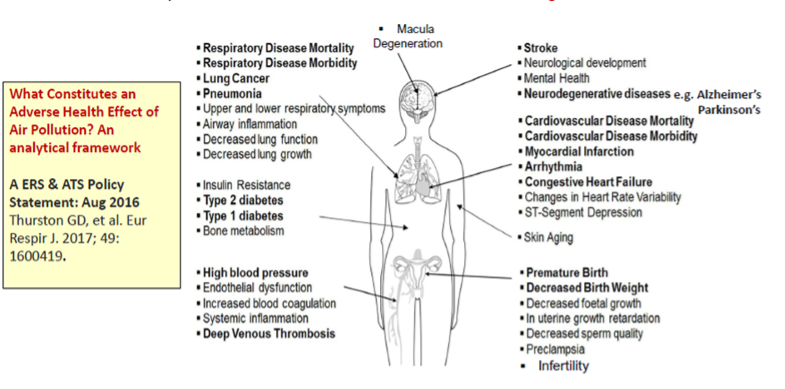
Public health concerns include lung and cardiovascular disease, diabetes mellitus and reproductive, neurological and immune system disorders. In 2019, nearly a third (29%) of hospitals in England are located in polluted areas (based on 2005 WHO Guidelines), including 71 maternity units where around 183,979 babies are delivered each year.
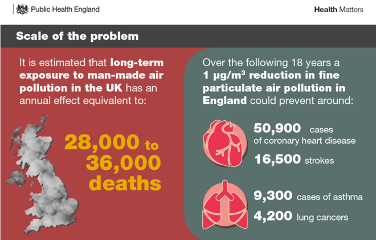
In 2017, the medical director of Public Health England, Paul Cosford was diagnosed with advanced lung cancer. He was at this time the lead author in a paper discussing lung cancer in people who had never smoked. As a non-smoker, his diagnosis came as a shock and, in 2021, he died at the age of 57. He believed the cause of his terminal illness to be air pollution and made it his mission to raise awareness of the dangers.
Initiatives to improve air quality
Within the EU, ambient air quality directives set air quality standards for certain pollutants in ambient air to protect human health and the environment. If these values are exceeded, Member States are required to take necessary action to reduce the concentrations of air pollutants and prepare an air quality plan that sets appropriate remedial measures. The aim is to keep the exceedance period as short as possible.
In the UK, the Department for Environment Food and Rural Affairs (DEFRA) has the key role in controlling and managing air quality across the country, through various strategies and regulatory regimes.
Clean Air Strategy 2019
When the Air Quality Strategy was published, the Secretary of State for Health called air pollution a health emergency. This world leading strategy to tackle air pollution describes it as the ‘top environmental risk to human health’. The strategy outlines plans to reduce people’s exposure to toxic pollutants that damage health and the environment, including nitrogen oxides, ammonia, particulate matter, non-methane volatile organic compounds and sulphur dioxide. It also identifies areas of concern and describes a way forward for work and planning on air quality issues and identifies potential new national policy measures which could give further health benefits and move closer towards meeting the strategy’s objectives.
The power in community Success stories in the UK. Bristol and Birmingham
As Alex Minshull from Bristol Council said at the EPUK conference, Bristol City Council was the first UK city to declare a Climate Emergency in 2018. The Council launched its One City Climate Strategy in February 2020 aiming to reach carbon neutrality and climate resilience by 2025.
Brum Breathes was a community engagement project funded by Birmingham City Council and delivered by Sustrans, focusing on air quality in the City of Birmingham. It ran for 18 months between Jan 2020 and July 2021. The project engaged with the public to identify highly polluted areas and helped them learn about the Clean Air Zones (CAZ) that were introduced in the City later that year (2021).
Ways you can fight air pollution
Here’s a list of the most important actions you can take as an individual to tackle air pollution – small changes at scale really can make a difference:
- Don’t idle – engine idling and accelerating quickly results in the highest exhaust emissions. Idling for just 30 seconds wastes more fuel than restarting the engine and releases dangerous pollutants. Many schools have successfully run anti-idling campaigns and the Highway Code states that, ‘if the vehicle is stationary and is likely to remain so for more than a couple of minutes, you should apply the parking brake and switch off the engine to reduce emissions and noise pollution’. Read more here.
- Walk or cycle - this really speaks for itself, if your destination is within walking or cycling distance, why not choose the active mode of transport for errands, the school run, travelling to work (if local) etc.
- Drive an electric vehicle (EV) – one of the best ways to reduce your emissions. The Department of Transport is working on improving the infrastructure for electric vehicles and has also created a Guide to help people navigate the process of going electric. However, EVs will still contribute to particulate matter from tyre and brake wear.
- Compost food waste – if you live rural or own a house with a garden, this solution is easy. The challenge comes if you live in an urban area with no access to communal composting services or gardens. A solution could be to use a worm farm and use the compost created for your indoor plants or gift it to local gardeners. Be careful not to compost unsuitable items like tea bags and stickers on produce as they are mostly made of plastic. Here are some tips by the Royal Horticultural Society.
- Don’t burn waste - as with all combustion activity, burning waste emits harmful gases and PM that does not only harm the environment but can be 6 times more carcinogenic than inhaling diesel fumes. In most countries, household burning is already illegal, so make sure you are careful with your effect on your neighbours and the environment. Here is the Defra Guide on open fires and wood-burning stoves.
- Check air pollution levels daily - there are plenty of interactive maps available. Here is the air quality map we trust most Airly.
- Use renewable energy to power your home – think about switching energy suppliers to a company that uses 100% renewable energy that will be replenished quickly.
- Turn off electronics not in use - most electronics go into a standby mode when you turn them off. All electrical equipment showing an led light of clock when turned off are drawing power from the grid costing an average £80 year.
- Plant more trees and greenery - shrubs, trees and plants in general can help improve air quality in your local neighbourhood by consuming CO2. There are plenty of great solutions presented by the Global Centre for Clean Air Research at the University of Surrey and they have developed an online tool to help you design your own hedge.
- Car sharing - do you know a colleague that lives nearby, who has a spare seats in the car? Why not carpool? It is a very popular mode of transport in Europe. Check out Karshare for more information.
- Use public transport - if live in a large city with a well organised public transport system, owning car isn’t always a necessity. So, if the opportunities are there, using public transports is a great way to cut down on personal car journeys and carbon emissions.
- Support Clean Air legislation - keep an eye on local developments and policy changes focusing on air pollution. One such policy that many cities are looking to implement is Clean Air Zones. Air pollution is most acute on busy and congested roads in our towns and cities, so we need a national network of clean air zones, that are ambitious and coordinated. Many cities have achieved a significant reduction in traffic by adjusting the infrastructure, creating more greenery, cycling lanes, and upgrading public transport systems to promote a car-free and active urban area.
Highlights
- Main dirtying activities include coal burning for industry, traffic exhausts and wear and tear particulates, burning waste and agricultural practices
- We all have a part to play and concentrated, far-sighted action between individuals, governments and industry is needed.
- Secretary of State for Health called air pollution a Health Emergency
- Clean air goals, climate change mitigation and public health goals must be incorporated
- Air pollution affects the health of the whole body
- Long term exposure to air pollution makes individuals more susceptible to Covid 19 and other viruses
- There is power in climate awareness and community action
Latest Articles
The business risks emerging from the global COVID-19 pandemic
Read More >Why indoor spaces have a higher risk of virus transmission
Read More >Enhance HVAC performance, improve energy efficiency and reduce emissions
Read More >High absenteeism and reduced wellbeing
Read More >How does air quality affect your business
Read More >What the experts say
Read More >Risk indicators and monitoring
Read More >Ventilation and filtration
Read More >Transmission & Prevention
Read More >The History of Air Pollution
Read More >Indoor air pollution & the indoor generation
Read More >Climate change and the climate emergency
Read More >What’s in the air we breathe outdoors?
Read More >What’s in the air we breathe indoors?
Read More >Other indoor biological pollutants
Read More >How air pollution affects our lives
Read More >

